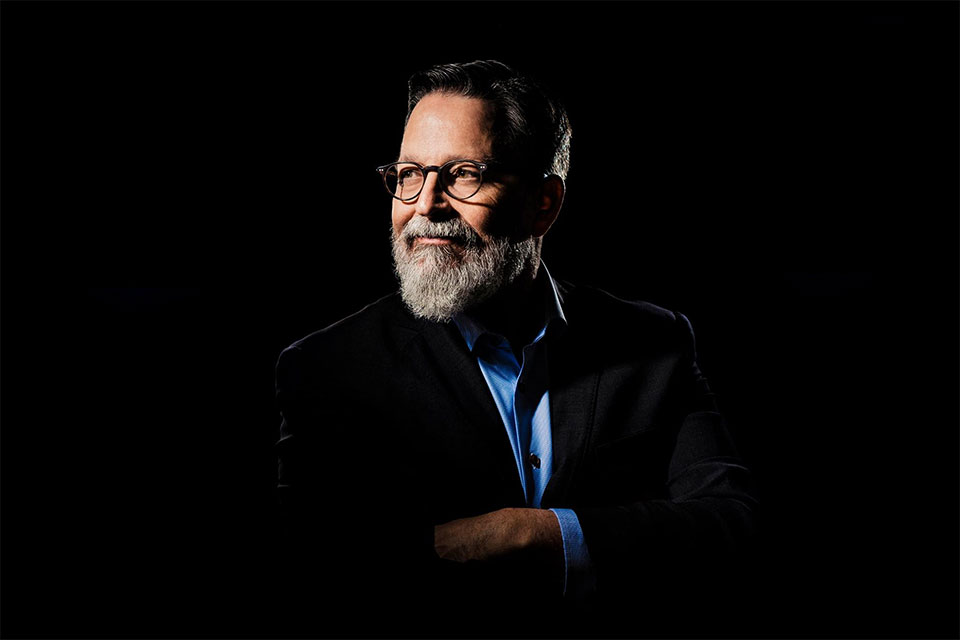How to Break Down the Silos Hindering Companies’ Digital Transformation Efforts

As companies embrace digital transformation, it’ll be important to remove the barriers between people and departments that prevent the business from moving forward. Here are three strategies to encourage collaboration.
Today, companies are under more pressure than ever to boost efficiency, cut costs, and beat the competition. That’s why 70% of global organizations are expected to increase their digital transformation efforts. The problem is that many of these same companies struggle with organizational silos. A recent survey found that 75% of executives saw different business functions competing instead of collaborating. As a result, 64% of companies surveyed failed to see revenue growth from their digital initiatives.
Without collaboration, no amount of technology will help leaders’ companies grow. But by tearing down silos, leaders can open up the flow of ideas and ensure future success for their organizations. How? Check out these three strategies below:
- Invest in change management to encourage tech integration.
Breaking down organizational silos begins when leaders embrace change management. Data from global change management professionals shows that projects that practice excellent change management are six times more likely to meet their goals than those that don’t. Change management can often be as simple as developing a communications plan where leaders signal a coming change. But more importantly, leaders need to usher people through the transition and adoption of relevant technology. “By breaking down silos and encouraging technology integration, agencies can better understand the customer journey and improve the design of the transit experience,” says Megan Huff, vice president and managing principal of mobility systems at Ross & Baruzzini. “But technology itself won’t solve the problem; it’s only an enabler. Agencies need to thoroughly invest in change management. Even if an agency pledges $100 million to collect and analyze more transportation data analytics, nothing will change if it doesn’t use the data to drive behavioral changes across the entire organization. That’s a people problem that must be addressed through strategic thinking and cooperation.” - Provide more opportunities to collaborate across departments.
Experts have found a reason companies can be slow to change: talent hoarding. This happens when managers stop their top performers from moving anywhere else within the company. It’s natural for a manager to utilize a superstar’s talents, but preventing the superstar from expanding their capabilities limits the organization. Research reveals that high-performance organizations are twice as likely to emphasize talent mobility than other companies. Kevin Oakes, CEO and founder of i4cp, believes that moving employees into different roles is an effective technique to drive growth and promote innovation. “Progressive companies are taking a talent ecosystem approach internally and are staffing projects based on matching the best skills to the work at hand, versus proximity or even where someone resides in the hierarchy,” he says. “The key to this is cataloging the skills and capabilities of the workforce to be more agile and fill positions from the inside.” In addition to cataloging workforce skills, leaders should clearly communicate to employees that they encourage talent mobility. Let individuals know that it’s OK to try new positions, and talk frequently with employees about stretching their capabilities. After all, high-performance organizations are four and a half times more likely to communicate clearly about their preference for talent mobility. - Share new ideas across the team, especially when working remotely.
In the post-pandemic era, teams may be dispersed across locations and time zones. Consequently, the best ideas won’t happen at the same time in the same place. Leaders will have to open communication and foster connection in order to prevent information silos from occurring.“This means you have to understand your team better than ever to meet them where they are, both mentally and physically, and to drive communication,” says Emily Bibb, co-founder of Breef. “Identify what remote or hybrid means to your organization — such as expectations around hours, working habits, and styles — and then establish daily structures where your team can collaborate outside of your communication and messaging platform. Develop regular stand-ups, brainstorm sessions, and comprehensive new hire orientations as well.”
During collaboration meetings, make sure to share data surrounding digital transformation efforts. When data is siloed, organizations don’t get a chance to learn from mistakes. Instead, leaders should prompt teams to share what happened, what went well, what failed, and what they’d do differently next time. Organize dialogue across departments so everyone can share knowledge and synthesize it into new solutions.
Silos make it easier to build specialized capabilities, but they limit innovation. This can be disastrous considering the fast-paced market. It’s the role of leaders to break down these silos, communicate with employees, and encourage idea sharing. Only then can companies fully realize their digital transformation goals.
Written by Rhett Power.
Have you read?
Best Business Schools In The World For 2022.
Best Fashion Schools In The World For 2022.
Best Hospitality And Hotel Management Schools In The World For 2022.
Best Medical Schools In The World For 2022.
Add CEOWORLD magazine to your Google News feed.
Follow CEOWORLD magazine headlines on: Google News, LinkedIn, Twitter, and Facebook.
This report/news/ranking/statistics has been prepared only for general guidance on matters of interest and does not constitute professional advice. You should not act upon the information contained in this publication without obtaining specific professional advice. No representation or warranty (express or implied) is given as to the accuracy or completeness of the information contained in this publication, and, to the extent permitted by law, CEOWORLD magazine does not accept or assume any liability, responsibility or duty of care for any consequences of you or anyone else acting, or refraining to act, in reliance on the information contained in this publication or for any decision based on it.
Copyright 2024 The CEOWORLD magazine. All rights reserved. This material (and any extract from it) must not be copied, redistributed or placed on any website, without CEOWORLD magazine' prior written consent. For media queries, please contact: info@ceoworld.biz
SUBSCRIBE NEWSLETTER








